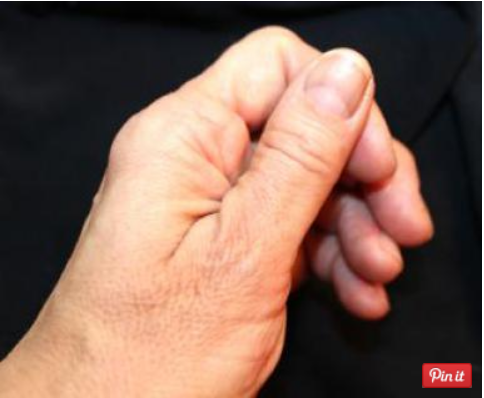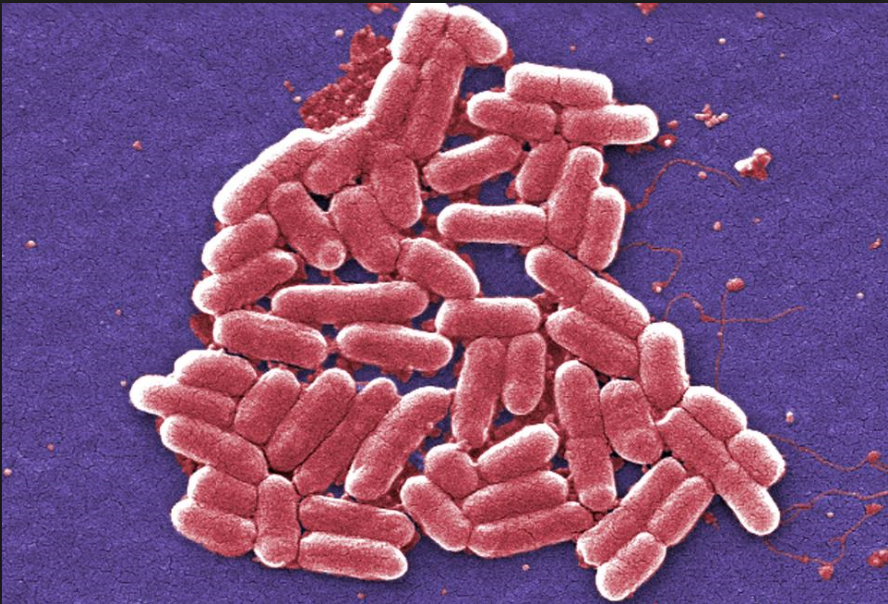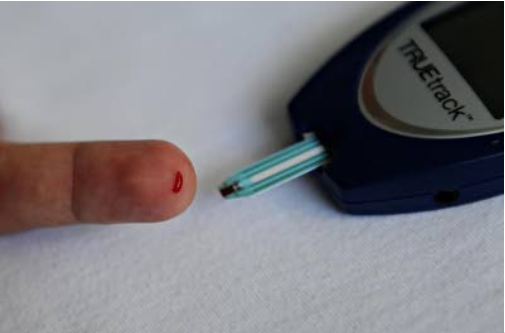If the words you associate with the winter months are “red,” “cracked” and “peeling,” you probably suffer from seriously dry skin on your hands. Cracks on your fingers can make even the simplest tasks — like typing, turning a page, or doing up a button — very painful.
For advice on how to cope with chapped hands, I consulted Dr. Barbara Reed, dermatologist and clinical professor of dermatology at the University of Colorado.
With Denver’s dry climate, Reed has both a professional and personal interest in preserving the skin on her hands.
“It’s a seasonal problem, and a bigger issue as you age,” she tells me. With forced air heat during the winter months, the air inside our homes is extremely dry, even with a humidifier.
What’s worse, our skin gets lazy about making as much oil as we get older, so overall, dry skin can become much more severe with time.”
- Read more: How nails and hands change as you get older
Symptoms: Reed says sufferers likely have some, or all, of the following symptoms:
- dry skin
- itchiness
- cracked skin
- redness
As Reed says, cracks or “fissures” near your nails are “small but powerful enough to get your attention,” and can be painful enough to wake you up at night. They can also become infected if bacteria enter the open skin.
Why some people and not others? Some people are definitely more susceptible to severely dry hand skin, according to Reed.
“Some people just make less oil in their skin, and others are more sensitive to chemicals,” she says.
“If you have a tendency towards eczema or come from an allergic family, you may have very sensitive skin that reacts to chemicals like preservatives and fragrances, which can exacerbate skin rashes and dryness.”
According to the American Academy of Dermatology, people with psoriasis are also prone to severely dry skin.
- Read more: What causes dry and chapped hands?
Treatment and Solutions: The best treatment, according to Reed, is prevention. Avoid over-washing, especially with lathering soaps containing detergents that can further dry the skin. Moisturize several times a day with a thick, emollient (lubricating) hand cream or lotion. Look for ingredients like petrolatum, wax, and shea butter.
If you’re in a job that requires frequent hand washing or wet work (such as a hair stylist or daycare worker), wear latex or vinyl gloves to protect your skin from water and harsh chemicals. For dry work like gardening, you should wear cloth gloves.
A gentle hypoallergenic cleanser (like Cetaphil) will tend to irritate your skin less than soaps that contain lathering detergents. Since Cetaphil won’t kill bacteria or viruses, avoid spreading the flu or other germs by using anti-bacterial gel hand sanitizers. While these gels contain alcohol, Reed finds that many of her patients with dry skin tolerate them better than they do repeated hand washings with soap.
Believe it or not, a popular solution for painful skin cracks is super glue. Part of a group of adhesive chemicals called cyanoacrylates, super glue can be used for very superficial cuts and cracks, according to Reed.
While it should never be used for deep wounds, and is poisonous if swallowed, super glue “is quick, easy, and stays where you put it,” says Reed, who cautions against so-called “liquid bandage” solutions for skin cracks.
“Many liquid bandage products contain too much alcohol for patients with skin that is already exceedingly dry; they can make the problem worse.”
Another cyanoacrylate product called Dermabond, which was specifically designed to seal skin tissue, has been approved by the US Food and Drug Administration for surgical use, and for superficial lacerations. Skin must be thoroughly cleansed before applying, to prevent infection.
When to see a physician: Reed recommends getting a dermatologist’s or health-care provider’s help if your hands are causing you discomfort. In particular, you must seek medical attention immediately if your hands are swollen, bleeding, have a honey-colored crust on any cracks, or you see red streaks moving up your arm, as these symptoms indicate that a more serious infection might be brewing.
Sources:
Dry Skin. American Academy of Dermatology Public Information Sheet. Accessed January 22, 2013.
http://www.aad.org/skin-conditions/dermatology-a-to-z/dry-skin/tips
Dry Skin. US National Institutes of Health Public Information Sheet. Accessed January 18, 2013.
http://www.nlm.nih.gov/medlineplus/ency/article/003250.htm
Interview with Dr. Barbara Reed, Clinical Professor of Dermatology, University of Colorado, Denver. January 17, 2013.
Mature Skin. American Academy of Dermatology Public Information Sheet. Accessed January 18, 2013.
http://www.aad.org/media-resources/stats-and-facts/prevention-and-care/mature-skin
Thomas B. Bruns and J. Mack Worthington. “Using Tissue Adhesive for Wound Repair: A Practical Guide to Dermabond.” Am Fam Physician. 2000 Mar 1;61(5):1383-1388. http://www.aafp.org/afp/2000/0301/p1383.html
Read the full post in about health










